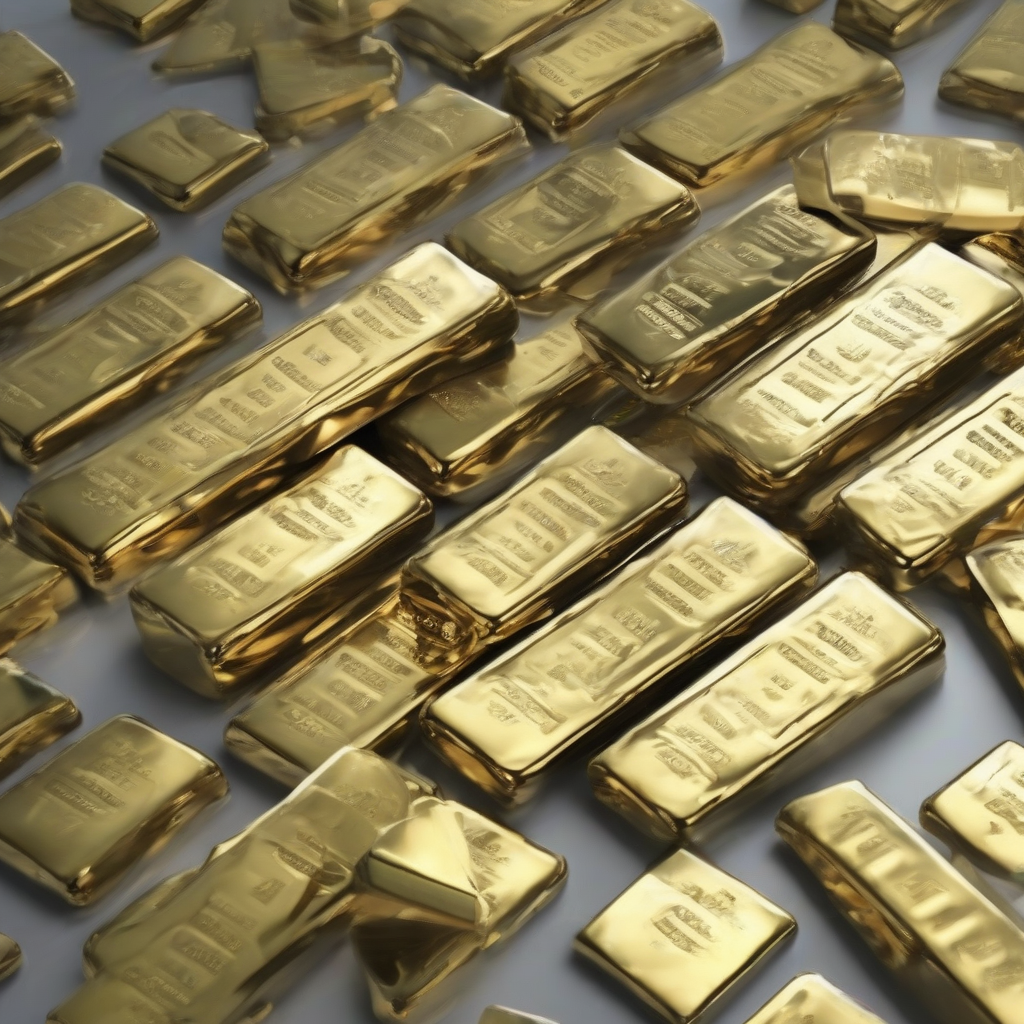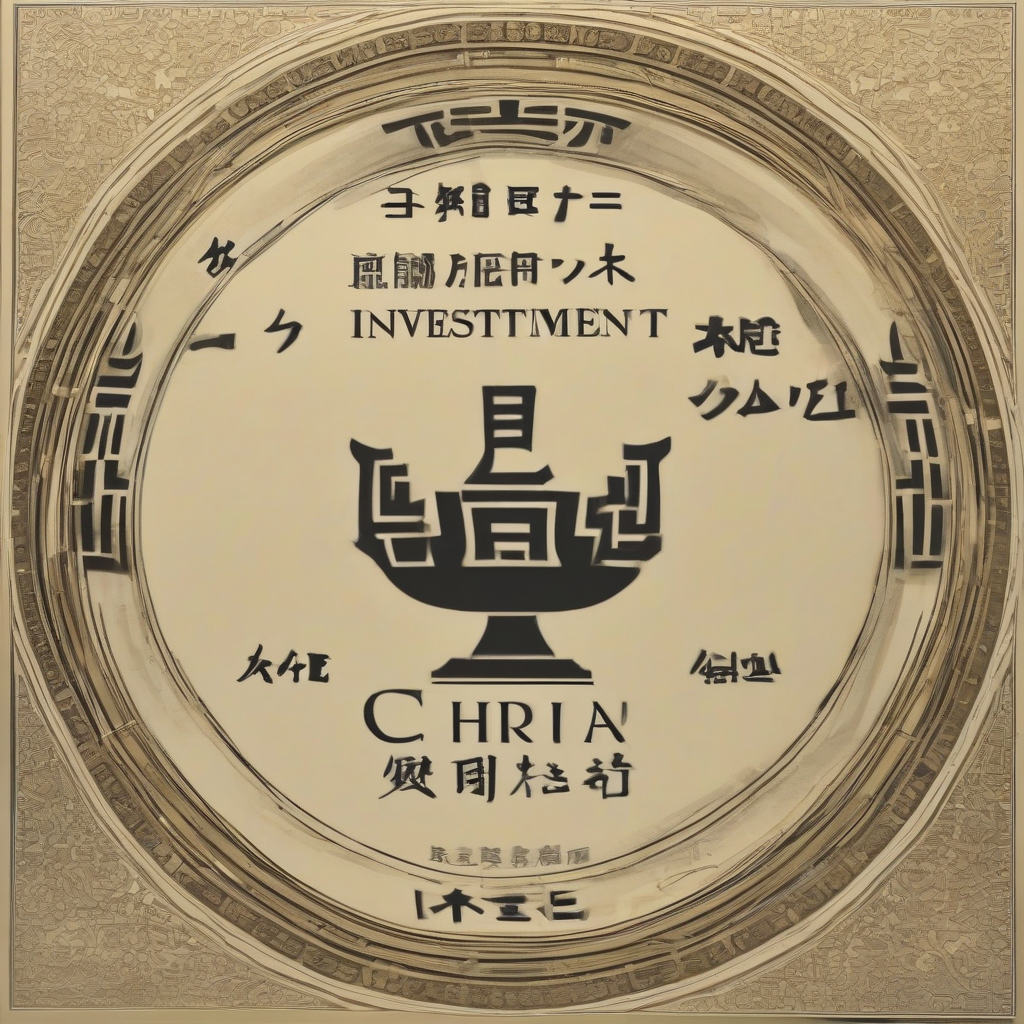Precious Metal Investing: A Comprehensive Guide

Precious Metal Investing: A Comprehensive Guide
Precious metals have captivated humanity for centuries, revered not only for their beauty but also for their intrinsic value and enduring stability. From the ancient Egyptians using gold for adornment and currency to the modern investor seeking a hedge against economic uncertainty, precious metals have played a significant role in shaping civilizations and influencing investment strategies.
In the realm of finance, precious metal investing has become a popular strategy for diversifying portfolios, preserving wealth, and seeking potential capital appreciation. This comprehensive guide delves into the world of precious metals, exploring their history, characteristics, benefits, risks, and various investment options available to investors.
Understanding Precious Metals
Precious metals, commonly referred to as "bullion," are a class of metals highly valued for their rarity, durability, and resistance to corrosion. The four primary precious metals, historically recognized for their investment value, are:
- Gold (Au): The most popular and widely traded precious metal, gold has long been associated with wealth, power, and stability. Its unique properties, such as its resistance to tarnishing and oxidation, make it an ideal store of value. Gold's historical performance as an inflation hedge and its role as a safe haven asset during times of economic turmoil have further cemented its reputation as a valuable investment.
- Silver (Ag): Known for its versatility and conductivity, silver has been used in various industries, including jewelry, electronics, and photography. While it may be more volatile than gold, silver's industrial demand and its potential for price appreciation make it an attractive investment for some investors. Silver's historical performance as a hedge against inflation and its lower price point compared to gold make it an accessible option for those seeking diversification.
- Platinum (Pt): A rare and precious metal with exceptional properties, platinum is highly valued in jewelry, automotive catalytic converters, and industrial applications. Platinum's scarcity and its growing demand in emerging industries contribute to its high price. Its historical performance as a safe haven asset and its potential for price appreciation have drawn investors seeking a high-value investment.
- Palladium (Pd): A precious metal closely related to platinum, palladium is primarily used in automotive catalytic converters for reducing emissions. With its rising demand driven by the growth of the automotive industry, palladium has experienced significant price appreciation in recent years. Its industrial applications and its potential for price appreciation make it an attractive investment for those seeking exposure to the growing automotive sector.
Benefits of Precious Metal Investing
Investing in precious metals offers several potential benefits, which can vary depending on the specific metal and the investment strategy adopted. Some of the key benefits include:
- Inflation Hedge: Precious metals, particularly gold and silver, have historically acted as a hedge against inflation. As the purchasing power of fiat currencies decreases, the value of precious metals tends to rise, preserving the investor's wealth.
- Safe Haven Asset: During times of economic uncertainty, political instability, or market volatility, investors often seek safe haven assets that provide a sense of security. Precious metals, particularly gold, are considered safe haven assets, as their value tends to hold up or even increase during such turbulent periods.
- Portfolio Diversification: Precious metals can serve as a diversifier in an investment portfolio, providing a hedge against traditional asset classes such as stocks and bonds. Their low correlation with other asset classes can help mitigate overall portfolio risk and improve returns.
- Potential for Capital Appreciation: The prices of precious metals can fluctuate over time, and some investors believe that they have the potential for long-term capital appreciation. Factors influencing price fluctuations include global economic conditions, geopolitical events, and supply and demand dynamics.
Risks of Precious Metal Investing
While precious metals offer potential benefits, investors should be aware of the associated risks before making any investment decisions. Some of the key risks include:
- Price Volatility: The prices of precious metals can be highly volatile, subject to fluctuations driven by various factors such as economic conditions, investor sentiment, and supply and demand dynamics. Volatility can create opportunities for profit but also presents the risk of significant losses.
- Lack of Dividends or Interest: Unlike stocks or bonds, precious metals do not generate dividends or interest income. Investors seeking regular income streams might find precious metals less appealing.
- Storage Costs: Physical precious metals, such as gold bars or coins, require secure storage, which can incur costs for safes, vaults, or insurance. Investors need to factor in these costs when determining their overall return on investment.
- Counterparty Risk: Investors who invest in precious metals through exchange-traded funds (ETFs) or other financial instruments may be exposed to counterparty risk, which is the risk that the issuer of the security may not be able to fulfill its obligations.
- Market Manipulation: While regulated markets aim to minimize manipulation, there is always a potential risk of price manipulation in the precious metals market, which can adversely affect investor returns.
Methods of Precious Metal Investing
Investors have various options available for investing in precious metals. The choice of investment method depends on factors such as individual risk tolerance, investment goals, and financial resources. Some common methods include:
- Physical Precious Metals: This involves purchasing physical gold, silver, platinum, or palladium in the form of bars, coins, or bullion. Physical possession provides a sense of security and control over the investment. However, storage costs, security concerns, and liquidity considerations need to be factored in.
- Exchange-Traded Funds (ETFs): ETFs are investment funds that track the price of a specific precious metal or a basket of metals. ETFs offer diversification, liquidity, and lower storage costs compared to physical possession. However, investors should be aware of counterparty risk associated with ETFs.
- Mining Stocks: Investing in mining stocks allows investors to gain exposure to the precious metals sector without directly owning physical metal. However, mining stocks carry higher risk and volatility due to factors such as commodity prices, operating costs, and geopolitical risks.
- Precious Metal Futures: Futures contracts are agreements to buy or sell a specific amount of precious metal at a predetermined price and date. Futures trading involves leverage and can amplify both potential profits and losses.
- Precious Metal Options: Options contracts give investors the right but not the obligation to buy or sell a specific amount of precious metal at a predetermined price and date. Options trading provides leverage and can be used for hedging or speculative purposes.
Conclusion
Precious metal investing can be a valuable component of a diversified investment portfolio, offering potential benefits such as inflation hedging, safe haven protection, and diversification. However, investors should carefully consider the risks associated with precious metal investing, including price volatility, storage costs, and counterparty risk. By understanding the fundamentals of precious metals, their investment options, and associated risks, investors can make informed decisions that align with their individual financial goals and risk tolerance.
What's Your Reaction?

















